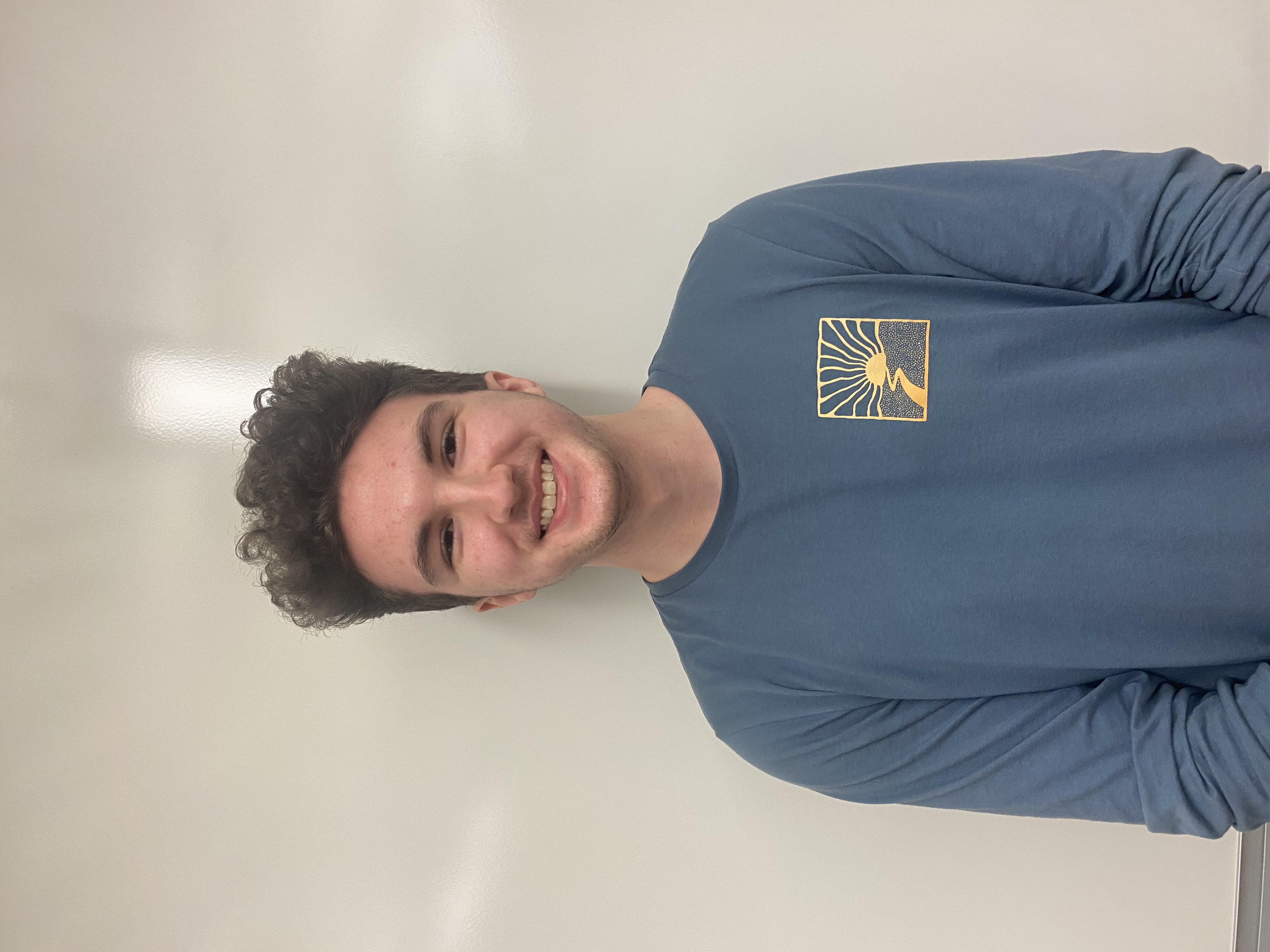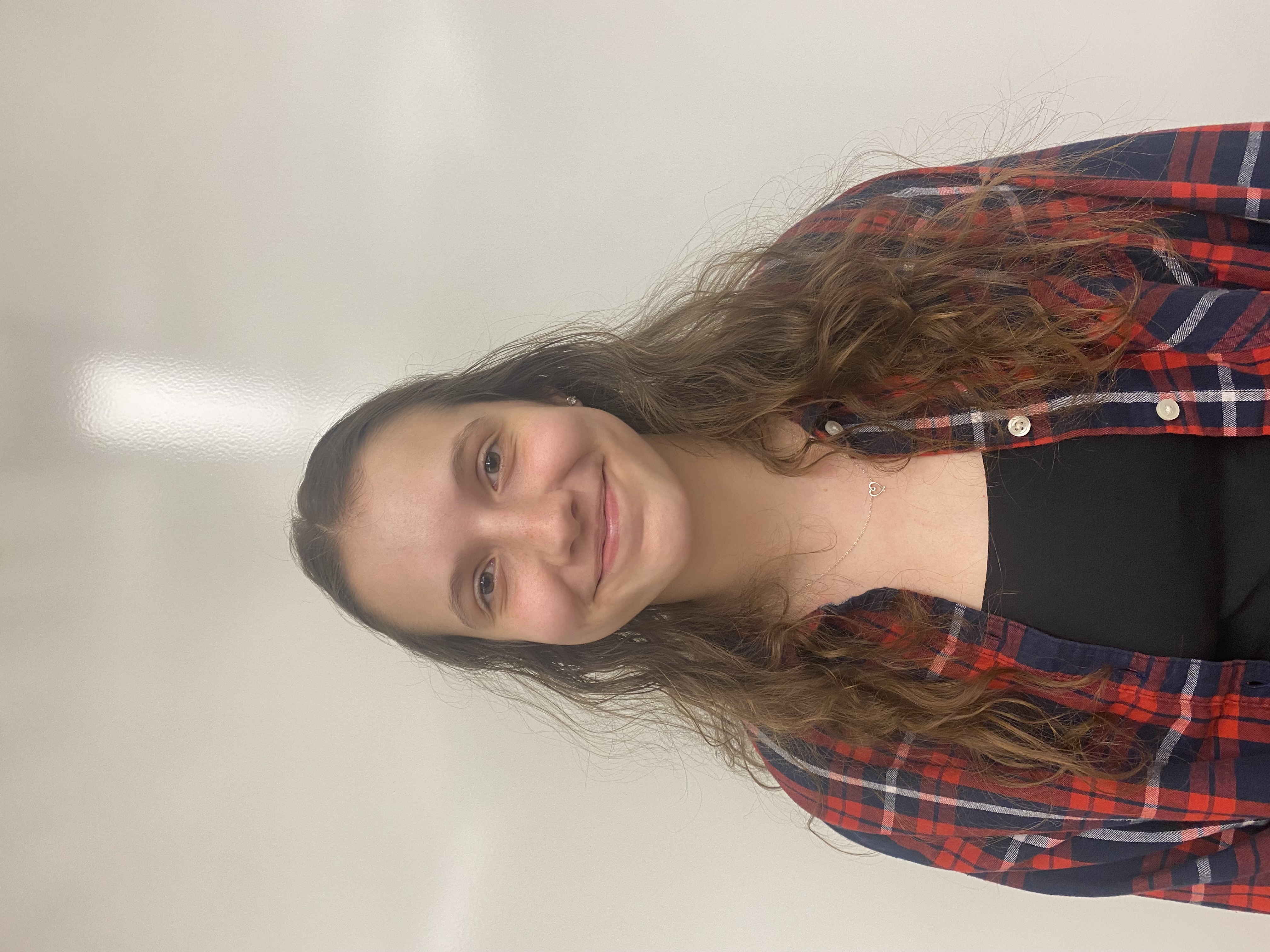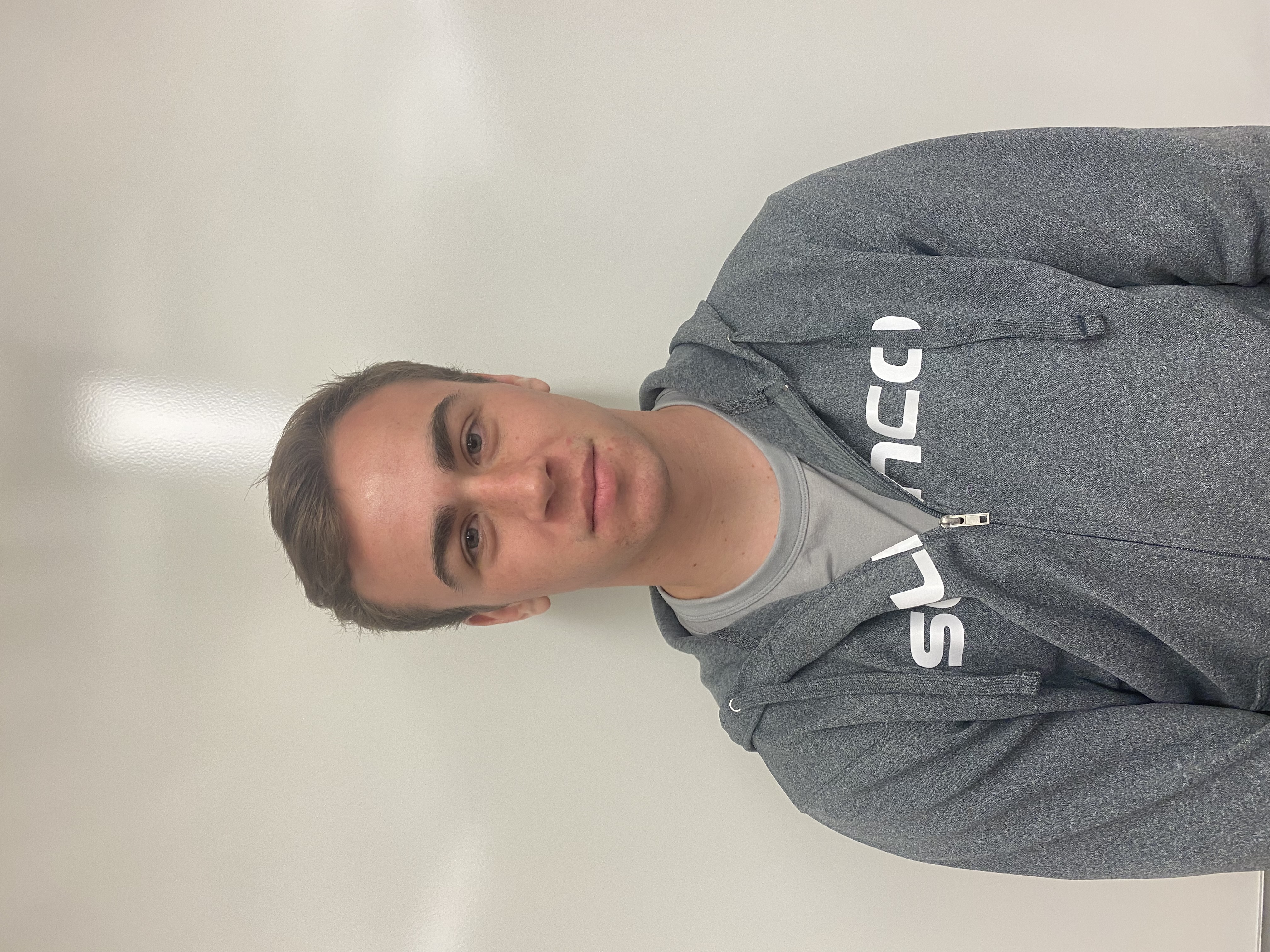Celebration of Scholars
#59: Adventures of Rick and MortySmith: The Sequencing and Annotation of the Bacteriophage MortySmith’s Genome
 Name:
Allison Pacocha
Name:
Allison Pacocha
Major: Biology
Hometown: Muskego, WI
Faculty Sponsor: Deborah Tobiason
Other Sponsors:
Type of research: Course project
Funding: HHMI
 Name:
Ryan Del Alcazar
Name:
Ryan Del Alcazar
Major: Biology
Hometown: Lombard, IL
Faculty Sponsor: Deborah Tobiason
Other Sponsors:
Type of research: Course project
Funding: HHMI
 Name:
Ryan Henneman
Name:
Ryan Henneman
Major: Biology
Hometown: Antioch, IL
Faculty Sponsor: Deborah Tobiason
Other Sponsors:
Type of research: Course project
Funding: HHMI
 Name:
Emma Kreuziger
Name:
Emma Kreuziger
Major: Biology
Hometown: Portage, WI
Faculty Sponsor: Deborah Tobiason
Other Sponsors:
Type of research: Course project
Funding: HHMI
 Name:
Myles Krzewinski
Name:
Myles Krzewinski
Major: Biology
Hometown: Green Bay, WI
Faculty Sponsor: Deborah Tobiason
Other Sponsors:
Type of research: Course project
Funding: HHMI
 Name:
Jessica Leo
Name:
Jessica Leo
Major: Biology
Hometown: West Chicago, IL
Faculty Sponsor: Deborah Tobiason
Other Sponsors:
Type of research: Course project
Funding: HHMI
Abstract
Bacteriophage MortySmith was isolated at Carthage College from the bacterial host, Microbacterium foliorum, purified, characterized, and then chosen for further analysis. A bacteriophage is a virus that infects bacteria and is being studied due to possible applications in phage therapy to treat antibiotic-resistant bacterial infections. Electron microscopy and genomic DNA sequencing revealed that MortySmith is a lytic, Siphoviridae phage from Cluster EF. An array of bioinformatic algorithms and tools were utilized to annotate the genome and confirm the genes and their functions. These programs included PECAAN, HHPred, BLASTp, and Phamerator to compare MortySmith’s genomic functions with those called by groups that have previously surveyed Cluster EF genomes. The comparisons we found allow us to determine how similar or dissimilar our phage is from the other previously annotated phages. Gene prediction algorithms such as GeneMark and Glimmer were utilized to find the protein-encoding genes that are prevalent throughout the genomes of phages. The combination of the information found through these programs and collaborative class input was used to annotate the genome of the bacteriophage MortySmith. Our annotation of MortySmith will be sent to GenBank for publication in the national database and has the potential to be of use in furthering bacteriophage research. Groundbreaking discoveries and experiments in phage biology–along with continuing our independent research–hold the future of medicine in the rising prevalence of phage therapy.Submit date: April 1, 2022, 1 p.m.
